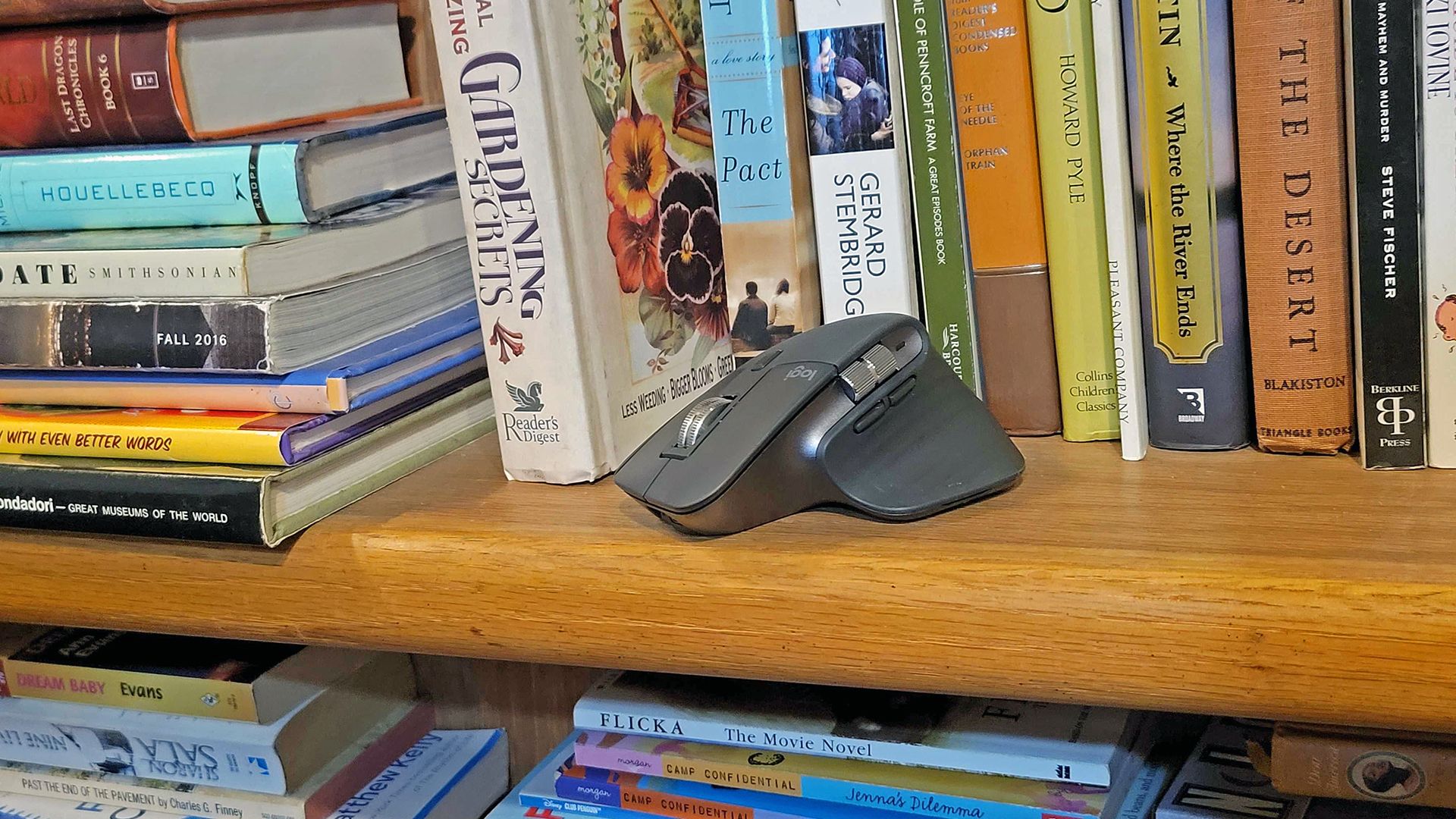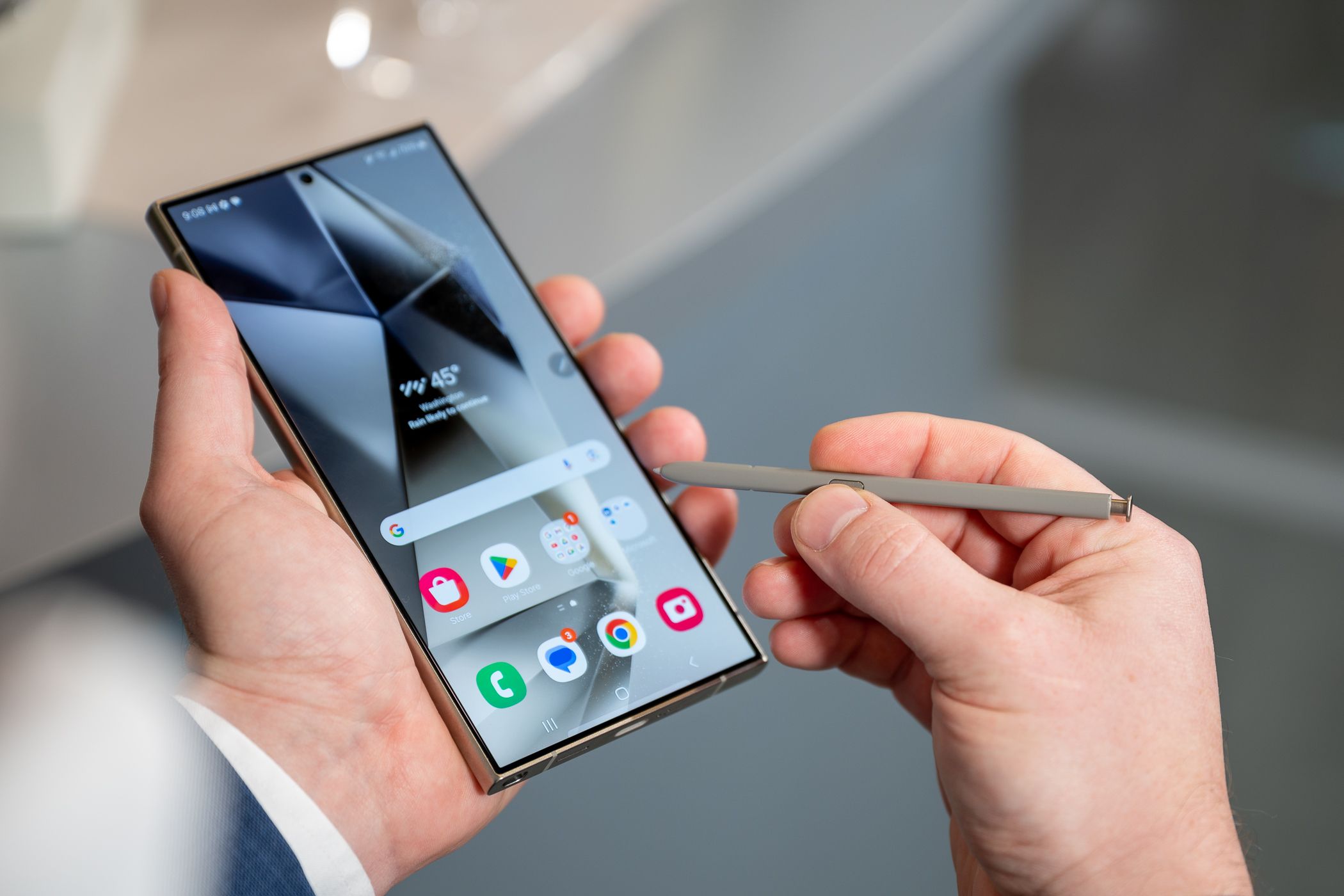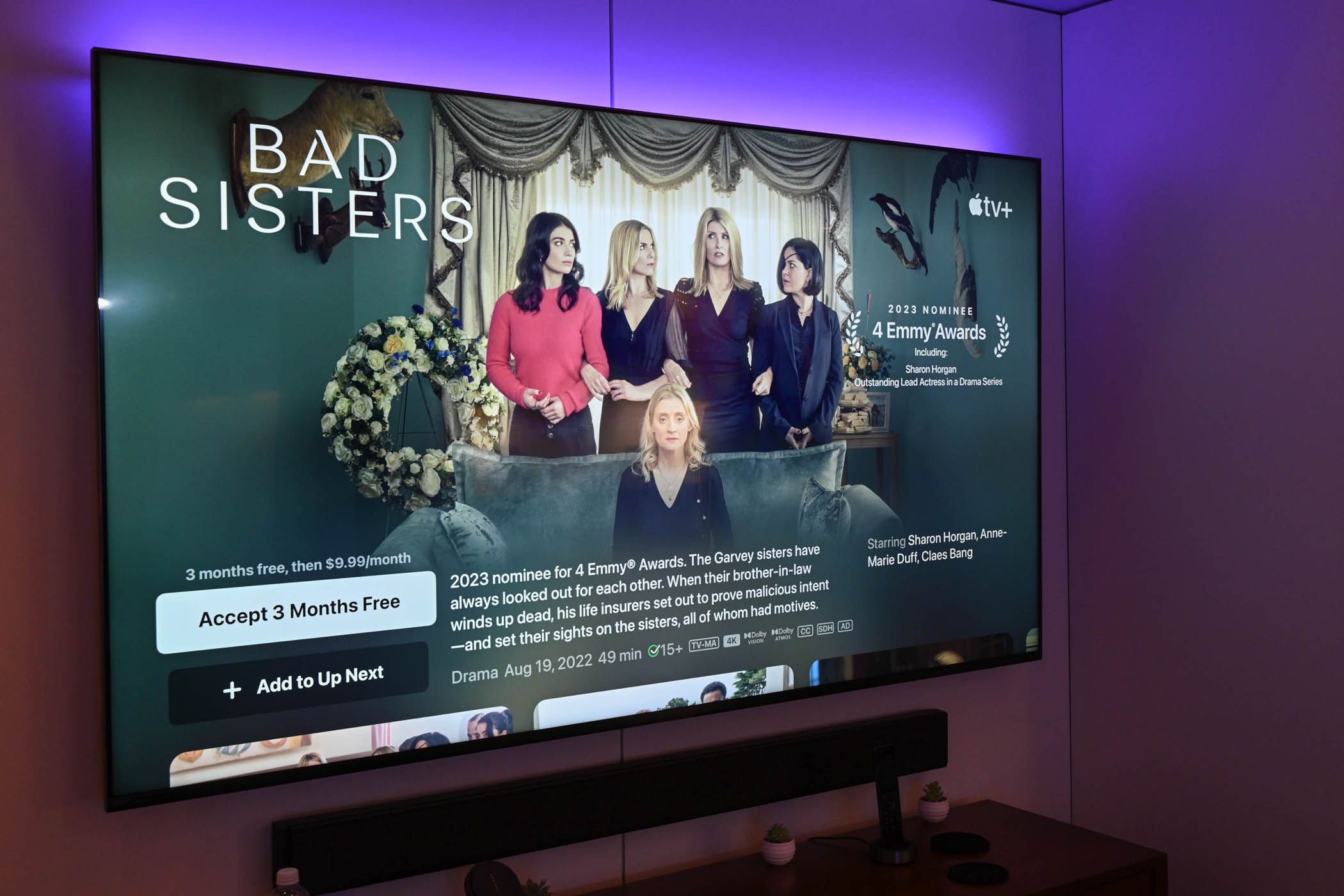
Investing in Timeless Tech: Why You Might Shell Out More for an Everlasting Phone Than a Funny Mouse

Investing in Timeless Tech: Why You Might Shell Out More for an Everlasting Phone Than a Funny Mouse
Key Takeaways
- Companies aim to create perpetual revenue streams by offering subscriptions for hardware updates.
- Logitech is considering a subscription model for the “Forever Mouse” to provide software improvements.
- Paying for extended software support for phones and other durable tech products makes more sense.
Companies are trying to turn everything they can into a service, so that the drip-feed of money from customers never ends. That’s not the worst thing if the service is valuable, but sometimes the ideas can verge on the silly side—such as the Logitech “Forever Mouse.”
The Folly of the “Forever Mouse”
In an interview with The Verge , Logitech CEO Hanneke Faber expressed the idea of a mouse that would get new software features over the years, possibly with a paid subscription for users to get access to these later firmware and app updates.

Dave McQuilling / Review Geek
The idea is to sell you a high-quality mouse that’s not designed to be replaced every few years, but this, of course, isn’t a smart business model. If you sell someone a product that never needs replacement, you won’t get any repeat business. The potential answer for Logitech here is that you can support the mouse from the software side, and so have money come in with less e-waste produced from discarded mice.
Now, I already thought Logitech sells a “forever” mouse in the form of my beloved MX Master 3S , which you’ll find plenty of people who have to work on a computer all day have bought. Honestly, the Master 3S is so essential to my productivity, that I’d pay twice the asking price, but please no one tell Logitech that!
Once you actually read what Faber said about a “Rolex” mouse with long-term paid software support, it doesn’t seem as mad as the headlines make it out to be, but the optics of this are still pretty poor. No one likes it when a company makes its planned obsolescence so obvious. It actually feels a little vulgar in a way. We all know our gear isn’t built to last, but having it highlighted feels gross.
Phone Hardware Loses Support Too Soon
However, the whole proposition of a forever mouse got me thinking—what other product would this actually work for?
For me, the obvious answer is “smartphones.” Even mid-range phones are now so well-built and over-specced that they should remain usable and relevant for many, many years. Unless you physically break your phone, it will keep working just fine. Even a worn-out battery isn’t much of an impediment. Most modern flagship phones can get a new official battery for around the $100 mark. Definitely worth it for a $1000 or even a $500 phone that’s otherwise in good condition.

Justin Duino / How-To Geek
The main reason we have to give up our phones is simply due to a lack of software support. Apple has been the least worst company in this regard, with iPhones often getting support up to six years after their debut, and Samsung has been committing to longer support cycles too, but for most handsets, you can bargain on around two years of OS updates and perhaps a year or two more for security updates. After that, you might run into apps no longer working because they need newer OS versions, or security vulnerabilities that don’t get patched. A serious issue for a device filled with your most personal info!
A “Forever Phone” Subscription Makes Way More Sense
If I bought an expensive phone, and could extend its software support cycle significantly by paying a few dollars a month, that’s something that would interest me for sure. Heck, there doesn’t even have to be a subscription, just charge me for software updates past the included support cycle. The main reasons Android phones tend to get relatively short support cycles is that there are too many models in each company’s range, and not enough money and resources to justify continued support.
Apple has relatively few models of phone to support (and they wholly control the operating system), so the numbers are different for them, but on the Android side of the equation it’s understandable (if vexing) that good phone hardware might become unusable due to a lack of software support resources.
Lots of Tech Could Use Anti-Obsolescence Subscriptions

Hannah Stryker / How-To Geek
It’s not just smartphones that could benefit from the option to have paid-for software updates over the long term. Durable items like Smart TVs and other “smart” appliances that you’d expect people to use for a decade or longer definitely qualify as something that would benefit from more support. It would be terrible to start throwing out thermostats, TVs, fridges, vacuum cleaners, and other similar gadgets because they won’t play ball anymore. Even worse, it makes it impossible to extend their lifespans through resale as used goods. Such as a certain speaker company requiring that customers “brick” their perfectly functional smart speakers to get access to hardware upgrade discounts.
A lot of tech categories are not advancing as quickly as they have been, with devices like tablets, phones, and mid-range laptops remaining relevant for far longer than in the early days of huge generational leaps. Even four years later, I feel zero pressure to replace my M1 MacBook Air , and the main reason to replace an iPad these days is that you drove over it with your car. So let us keep our hardware, and after a few years, we’ll pay to keep the software up to date instead.
- Title: Investing in Timeless Tech: Why You Might Shell Out More for an Everlasting Phone Than a Funny Mouse
- Author: Nova
- Created at : 2024-08-30 01:09:09
- Updated at : 2024-08-31 01:09:09
- Link: https://blog-min.techidaily.com/investing-in-timeless-tech-why-you-might-shell-out-more-for-an-everlasting-phone-than-a-funny-mouse/
- License: This work is licensed under CC BY-NC-SA 4.0.




